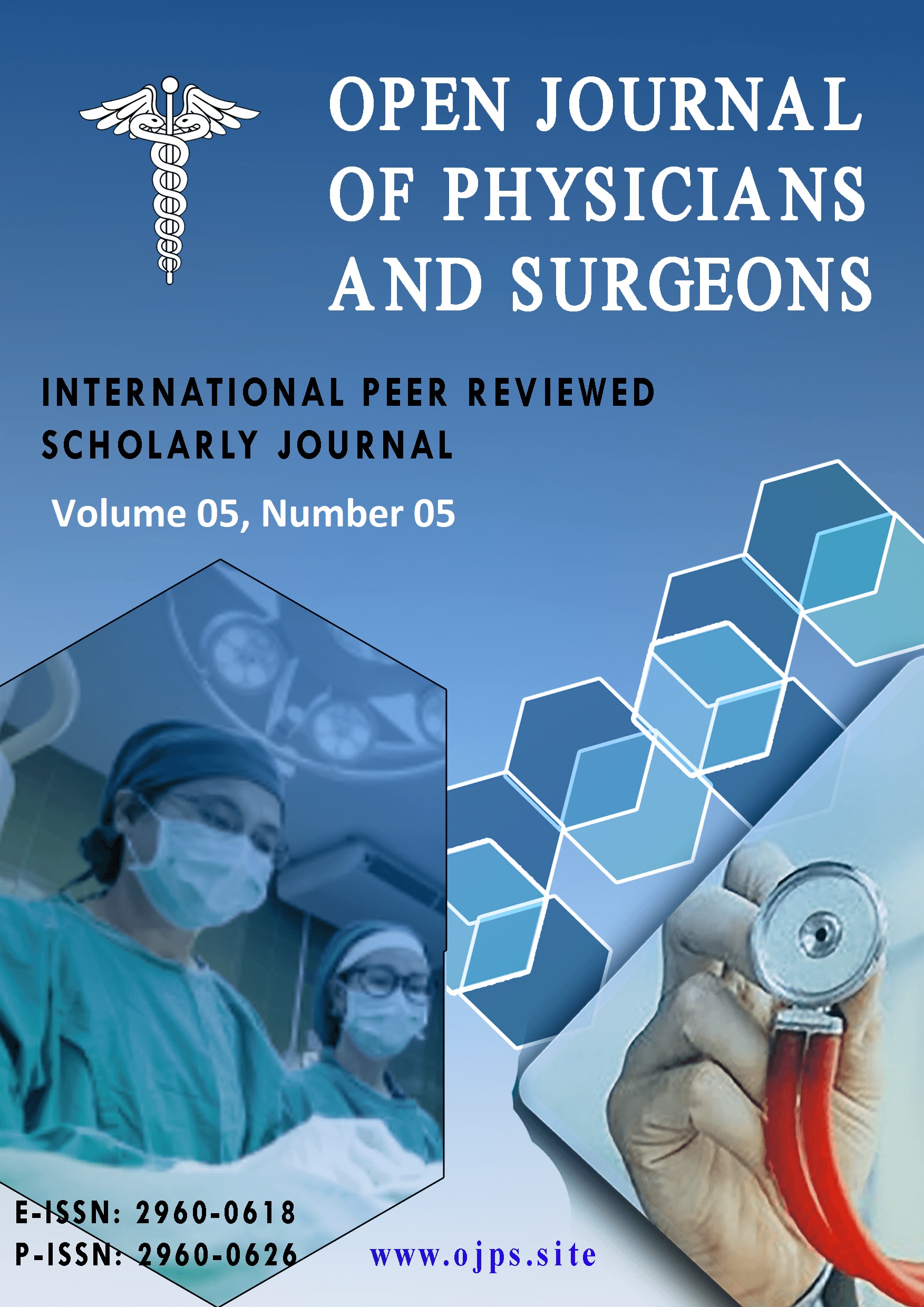Neuroimaging Aiding in Central Nervous System Infections
Keywords:
Neuroimaging ; Central Nervous System infections(CNS); children; Welfare Teaching HospitalAbstract
Background: Central nervous system infections are an important cause of morbidity and mortality in children. Estimated incidence of acute encephalitis syndrome in children is 10.5–13.8/100000. The case fatality rate is 30% and neurological disabilities occur in one–third of survivors. Globally, the incident cases of meningitis increased from 2.50 million in 1990 to 2.82 in 2016, but the global number of meningitis deaths was estimated to have decreased by 21% from 403,012 in 1990 to 318,400 in 2016.
Objective: Is to find how neuroimaging aids the management of central nervous system infection.
Method: A cross-sectional prospective study, from 1st of November, 2020, to 1st of November, 2021 was conducted. Clusters of 101 infant and children aged: between 1 month and 13 years of both sexes, who were admitted in Children Welfare Teaching Hospital/Neurology ward and treated as cases of central nervous system infection were surveyed, while those who were neonates, those who discharged on their responsibilities due to refusal of admission and three deaths were excluded. Data on age, gender, admission duration, clinical presentation at admission, cerebrospinal fluid findings with its gram stain and culture, neuroimaging finding (whether computerized tomography scan or magnetic resonance image), and lastly if there is any past medical history. The children divided into three groups: group A who were treated without any neuroimaging, group B did neuroimaging but result turn to be normal while group C have a neuroimaging abnormal finding. In the study a possible relationship was investigated between these three groups and age, admission duration, cerebrospinal fluid findings.
Result: there were 59 male and 42 female, Group A included 12 patient, group B has 40 patients while there are 49 patients in group C.
Conclusion: Neuroimaging can affect management of CNS infection in multi-directional manners, for example: affects Lumber puncture procedure, types and duration of drugs used in treatment, sometimes help to differentiate between septic and aseptic central nervous system infections, neuroimaging can also use in prognosis and follow up, so neuroimaging is a valuable procedure in central nervous system infection.


